Categories
 Buy Adderall Online
Buy Adderall Online
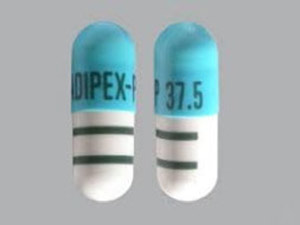 Buy Adipex Online
Buy Adipex Online
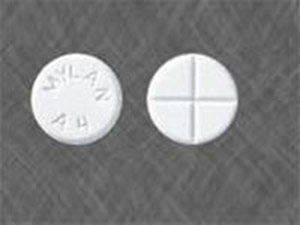 Buy Alprazolam Online
Buy Alprazolam Online
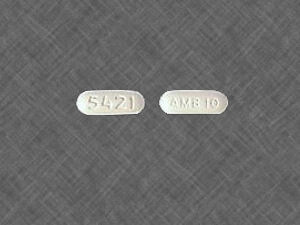 Buy Ambien Online
Buy Ambien Online
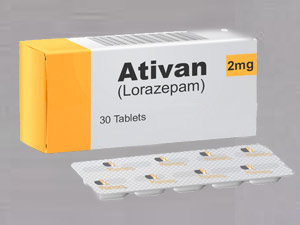 Buy Ativan Online
Buy Ativan Online
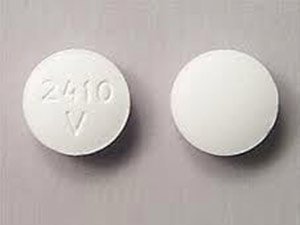 Buy Carisoprodol Online
Buy Carisoprodol Online
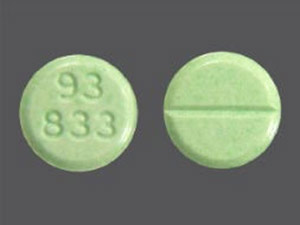 Buy Clonazepam Online
Buy Clonazepam Online
 Buy Codeine Online
Buy Codeine Online
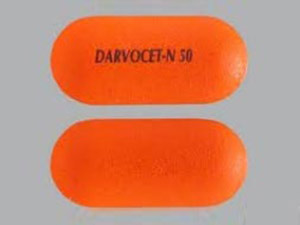 Buy Darvocet Online
Buy Darvocet Online
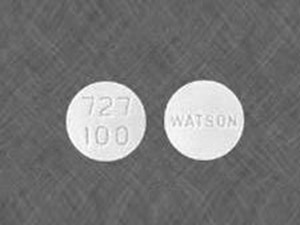 Buy Demerol Online
Buy Demerol Online
 Buy Diazepam Online
Buy Diazepam Online
 Buy Dilaudid Online
Buy Dilaudid Online
 Buy Fioricet online
Buy Fioricet online
 Buy Gabapentin Online
Buy Gabapentin Online
 Buy Hydrocodone Online
Buy Hydrocodone Online
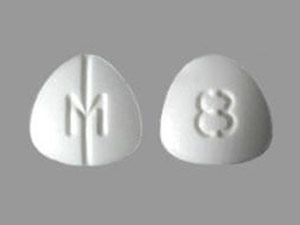 Buy Hydromorphone Online
Buy Hydromorphone Online
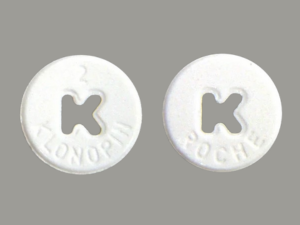 Buy Klonopin Online
Buy Klonopin Online
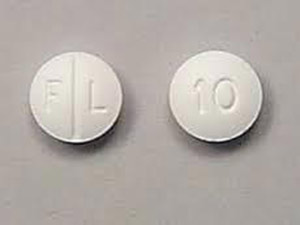 Buy Lexapro Online
Buy Lexapro Online
 Buy Lorazepam Online
Buy Lorazepam Online
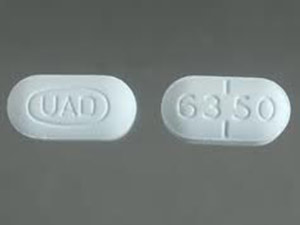 Buy Lorcet Online
Buy Lorcet Online
 Buy Lortab Online
Buy Lortab Online
 Buy Meridia Online
Buy Meridia Online
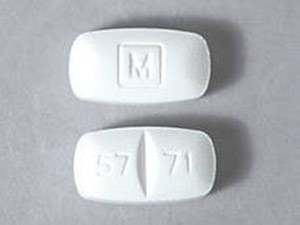 Buy Methadone Online
Buy Methadone Online
 Buy Modafinil Online
Buy Modafinil Online
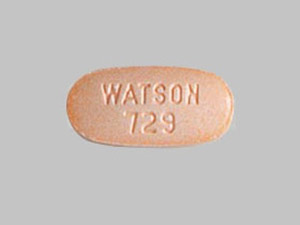 Buy Norco Online
Buy Norco Online
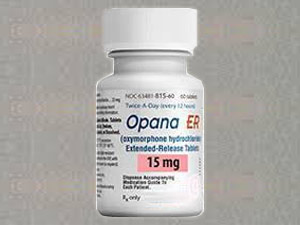 Buy Opana ER Online
Buy Opana ER Online
 Buy Oxycodone Online
Buy Oxycodone Online
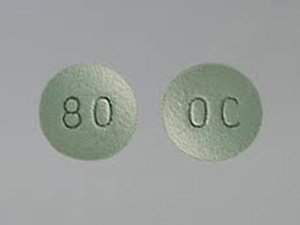 Buy Oxycontin Online
Buy Oxycontin Online
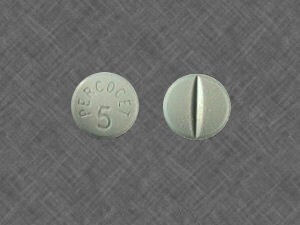 Buy Percocet Online
Buy Percocet Online
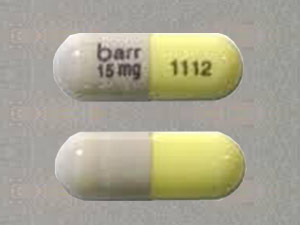 Buy Phentermine Online
Buy Phentermine Online
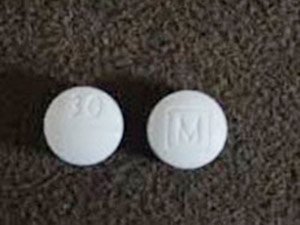 Buy Roxicodone Online
Buy Roxicodone Online
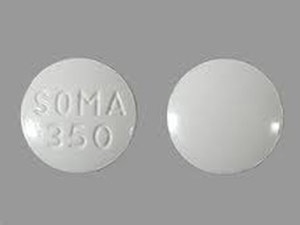 Buy Soma Online
Buy Soma Online
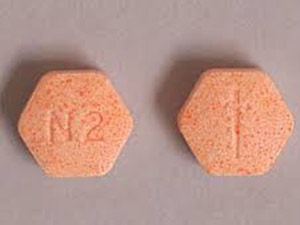 Buy Suboxone Online
Buy Suboxone Online
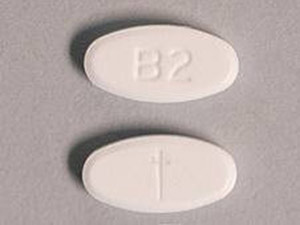 Buy Subutex Online
Buy Subutex Online
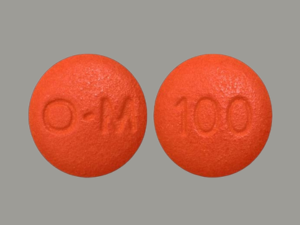 Buy Tapentadol Online
Buy Tapentadol Online
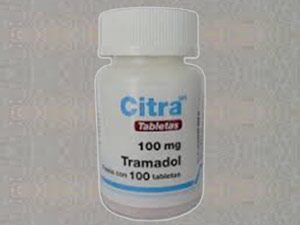 Buy Tramadol Online
Buy Tramadol Online
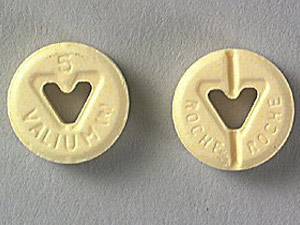 Buy Valium Online
Buy Valium Online
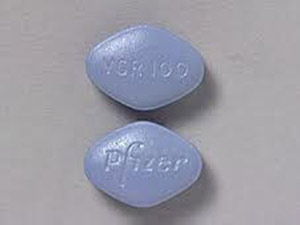 Buy Viagra Online
Buy Viagra Online
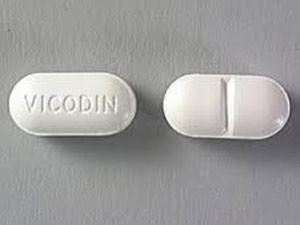 Buy Vicodin Online
Buy Vicodin Online
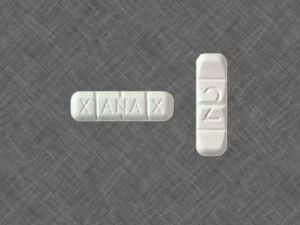 Buy Xanax Online
Buy Xanax Online
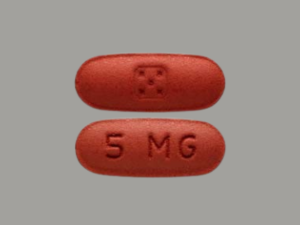 Buy Zolpidem Online
Buy Zolpidem Online

Products
-
 Tapentadol 100mg
Rated 5.00 out of 5$350.00
Tapentadol 100mg
Rated 5.00 out of 5$350.00 -
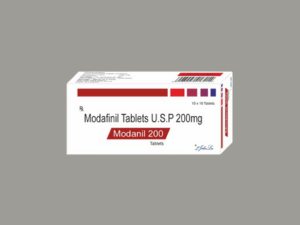 Modafinil 200mg
Rated 5.00 out of 5$369.00
Modafinil 200mg
Rated 5.00 out of 5$369.00 -
 Modafinil 100mg
Rated 5.00 out of 5$349.00
Modafinil 100mg
Rated 5.00 out of 5$349.00 -
 Klonopin 2mg
Rated 5.00 out of 5$339.00
Klonopin 2mg
Rated 5.00 out of 5$339.00 -
 Klonopin 1mg
Rated 5.00 out of 5$329.00
Klonopin 1mg
Rated 5.00 out of 5$329.00
Recent Posts
- Relief From Kidney Stone Pain – Effective Strategies And Solution
- Best Nerve Pain Medication for the Elderly
- Sleep habits and their effects on human brain activity
- Does drinking more water help you lose weight?
- Alprazolam for anxiety benefits and risk
- Tramadol vs Dilaudid – Which is the best for severe pain
- How Long Does Hydromorphone Stay in Your System?
- How to spot fake Xanax (alprazolam) pills
- Does Suboxone help with pain?
- How to know if green Xanax s 90 3 pill is fake?

Table of Contents
A new study by the Johns Hopkins Medicine researchers has revealed how an enzyme activates and engages a “trash and recycling system” in heart cells to help patients recuperate better from a heart attack.
The study published in Nature Communications mentions that the researchers believe that this system could be transformed and used to clean up damaged and misfolded proteins that accumulate in heart cells and eventually become toxic.
The researchers ascertained that the enzyme protein kinase G, which builds up after a heart attack, impacts CHIP (carboxyl terminus of Hsc70-interacting protein), helping to move misfolded and damaged proteins to the proteasome, the “recycling plant” of the cell. Based on this finding, the researchers showed that CHIP—modified by protein kinase G or genetically changed to mimic this modification—has enhanced ability to clear the damaged proteins. Subsequently, they explain, this prevents progress to heart failure after an attack.
The discovery occurred when lead author Mark Ranek, Ph.D., assistant professor of medicine at the Johns Hopkins University School of Medicine, examined mice genetically engineered to obstruct protein kinase G from being turned on after a heart attack. He discerned that CHIP protein levels were much lower than usual, and misfolded/damaged proteins accumulated in a more significant number in the mouse hearts. It meant that CHIP was a critical factor in clearing the damaged proteins. Further confirming the connection was that blocking protein kinase G weakened CHIP’s function while turning on the kinase or using mutations to mimic that it was protective.
David Kass is an M.D. and an Abraham and Virginia Weiss Professor of Cardiology at the Johns Hopkins University School of Medicine. He says, “Because CHIP is so small and simple to work with, we believe that it will be probable to develop its genetic mutation form into gene therapy. We can use that to treat not only the heart disease but also diseases like Alzheimer’s or Parkinson’s, that also result from the buildup of misfolded proteins, but in this situation in the brain.”
Kass and his team have registered for a patent concerning the development of such a therapy.
What is Gene Therapy?
Gene therapy is the procedure of inserting genes into an individual’s cells and tissues to cure a disease, such as a hereditary disease. A functional one replaces a deleterious mutant allele. Although the technology is still in its initial phase, it has shown some success. Antisense therapy is not strictly a form of gene therapy but is a genetically-mediated therapy and is often considered together with other methods.
What are the damaged proteins?
Oxidative modification and other forms of damage through oxidative stress, disease, and aging affect the cellular proteins. This oxidative damage results in loss and or change of protein function, compromising cell function, and may even cause cell death.
Therefore, the removal of damaged proteins is essential for the maintenance of normal cell function. The 20S Proteasome functions primarily as a system for the removal of such damaged proteins.
Written by admin
Coupon Code
Use Coupon CodeSALE10
Product Categories
- Buy Adderall Online
- Buy Adipex Online
- Buy Alprazolam Online
- Buy Ambien Online
- Buy Ativan Online
- Buy Carisoprodol Online
- Buy Clonazepam Online
- Buy Codeine Online
- Buy Darvocet Online
- Buy Demerol Online
- Buy Diazepam Online
- Buy Dilaudid Online
- Buy Fioricet online
- Buy Gabapentin Online
- Buy Hydrocodone Online
- Buy Hydromorphone Online
- Buy Klonopin Online
- Buy Lexapro Online
- Buy Lorazepam Online
- Buy Lorcet Online
- Buy Lortab Online
- Buy Meridia Online
- Buy Methadone Online
- Buy Modafinil Online
- Buy Norco Online
- Buy Opana ER Online
- Buy Oxycodone Online
- Buy Oxycontin Online
- Buy Percocet Online
- Buy Phentermine Online
- Buy Roxicodone Online
- Buy Soma Online
- Buy Suboxone Online
- Buy Subutex Online
- Buy Tapentadol Online
- Buy Tramadol Online
- Buy Valium Online
- Buy Viagra Online
- Buy Vicodin Online
- Buy Xanax Online
- Buy Zolpidem Online

Leave a Reply